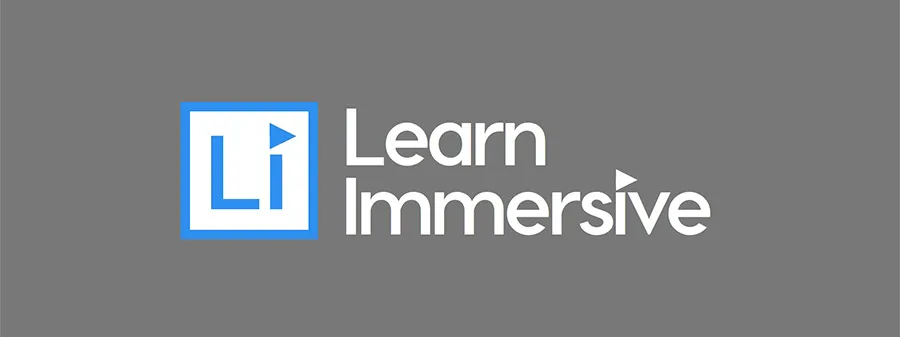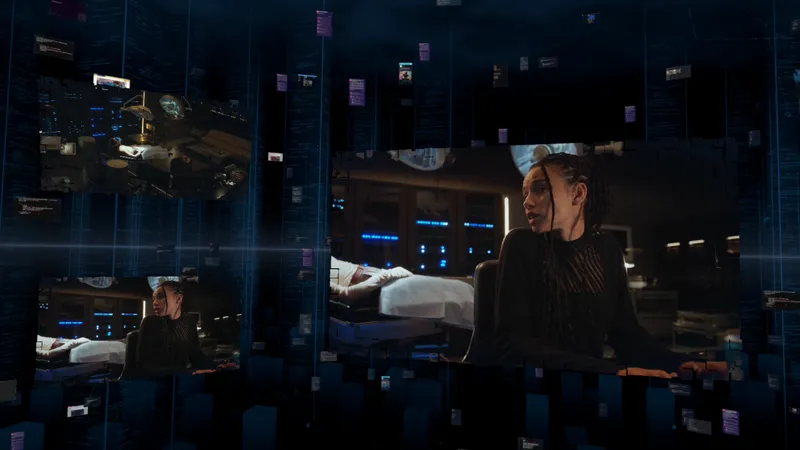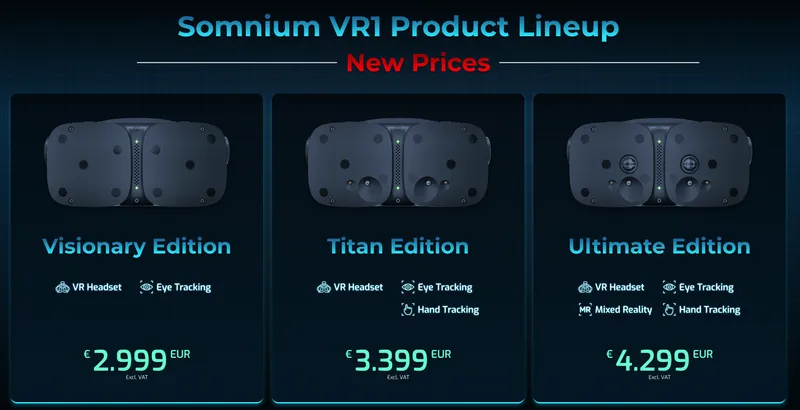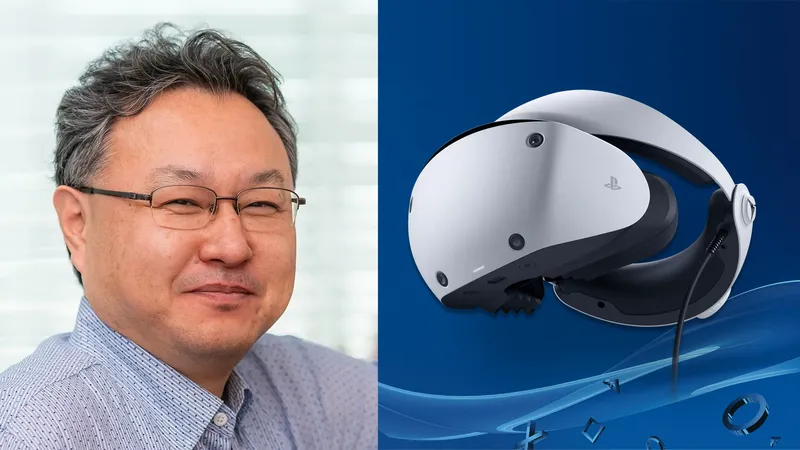To Tony Diepenbrock, the best way to learn a new language is to travel to a country where that language is spoken and try to make life work there. Just drop into the middle of France or Spain and learn how to buy groceries or park your car by reading signs, asking questions and responding to native speakers. However, Diepenbrock and Learn Immersive co-founder Charles Moyes raised a $400,000 angel round to build out their immersive language learning platform that can extend from the browser to room-scale VR. They hope a 3D environment and the feeling of presence people experience in VR will provide the same kind of exploratory learning experience as actually being there along with the sink-or-swim motivation to absorb information, all without spending the time and money to relocate.
The pair started Learn Immersive and they’ve built out a basic concept in Unity that allows teachers to use a drag-and-drop interface in an Internet browser to build out a virtual scenario for students learning a language with questions, answers and audio cues. They call it “Blueprint” and hope that by starting in the browser it will give people without access to head-mounted displays a way to use the platform to build out scenarios that can teach English, French or Spanish. However, they are banking on the idea that a more powerful learning experience is possible with high-quality, low-cost VR like the Rift and Vive giving people the sensation of reaching out and grabbing objects.
https://www.youtube.com/watch?v=v3wEvo9Aa1k
A demo of the software in the browser showed a first-person view of an apartment with simple avatars I could click on. Clicking on an avatar prompted a question in French and I was given a multiple choice list from which to pick. Without any knowledge of French, I picked the right answer on the first try. Confetti exploded from the ceiling all around my viewport and I felt proud. Then I was asked to find an object and I had no idea what the word meant, and I found myself clicking around everywhere with a harsh sound accompanying each incorrect click. I felt frustrated, probably as I would if I was actually in an apartment in France and people were telling me to do something in a language I couldn’t understand.
Overall, it is an intriguing idea that will be interesting to follow as they develop the platform for use on headsets that provide a real sense of presence to see if it offers any notable improvements over other kinds of education. If enough users practice the same exercises in the browser and with a headset it could provide an illuminating dataset for comparing the value of learning in VR versus using a 2D screen.
Investors include Knight & Bishop, Flatiron Investors, Boost.VC, Stanford lecturer Jack Fuchs, and executives at the Carlyle Group and Credit Suisse. Learn Immersive is aiming to further develop the concept in advance of a larger round of investment next year.
https://www.youtube.com/watch?v=96WcO38MmZk





























